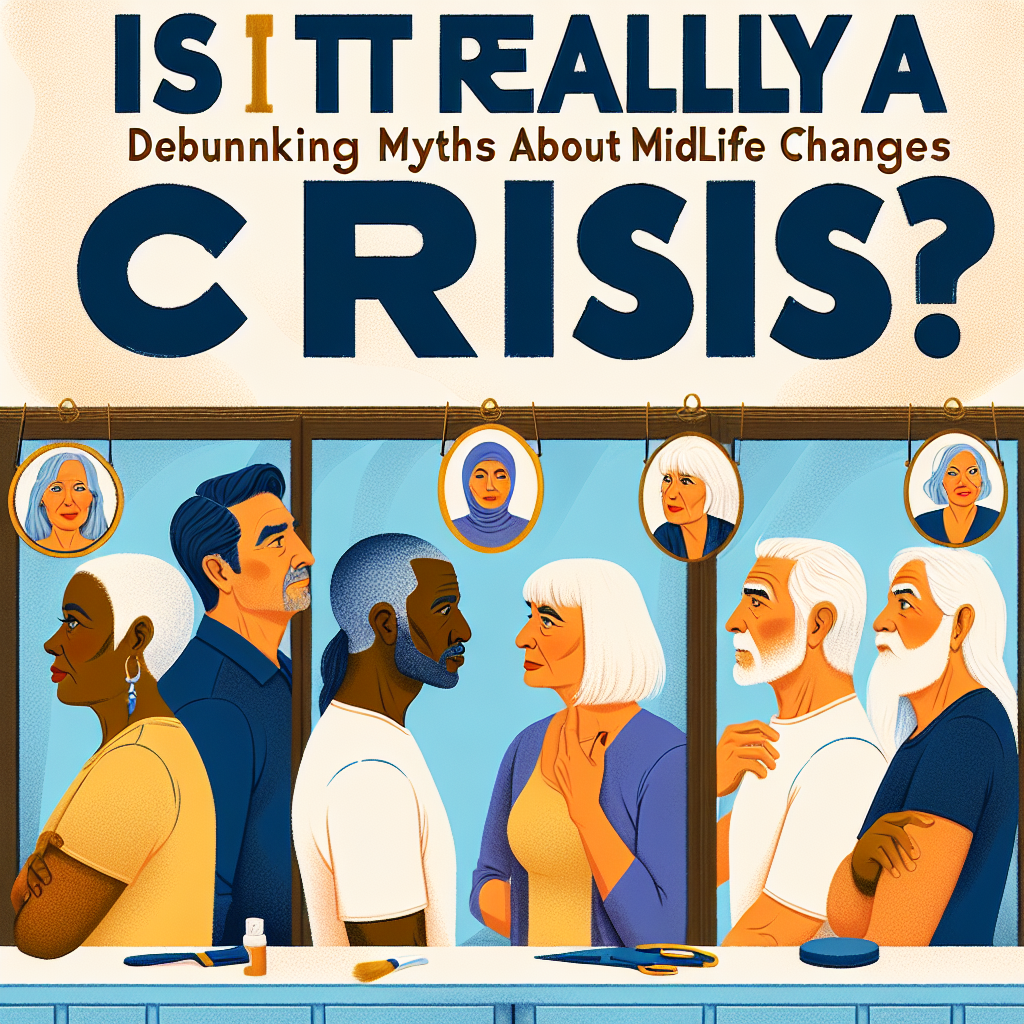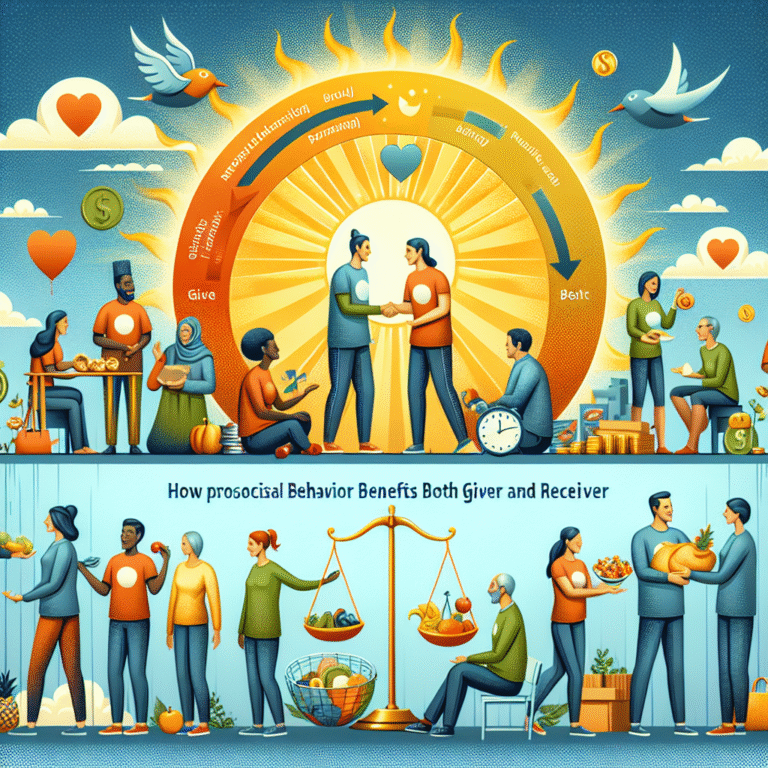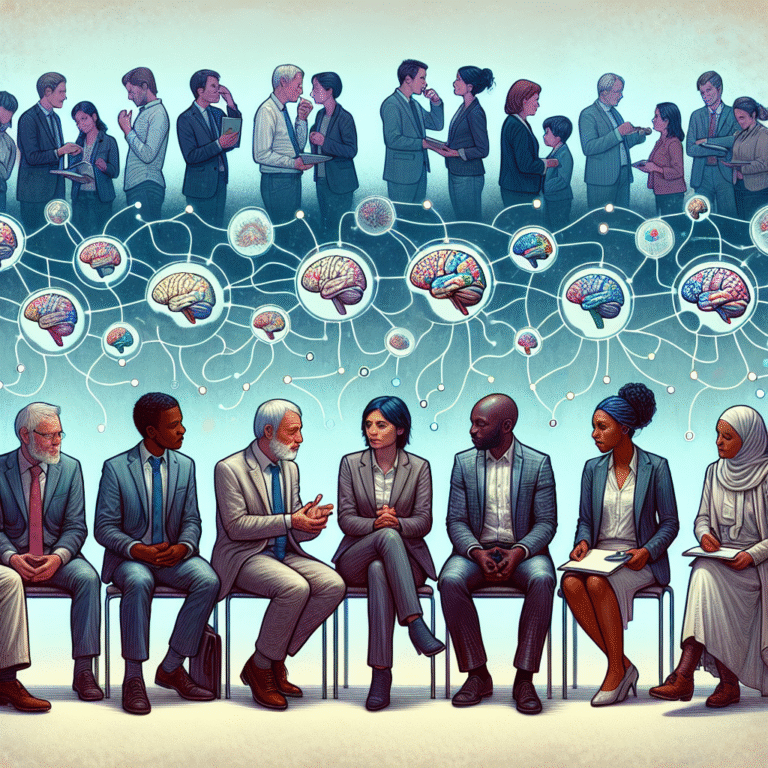
Introduction
As we journey through life, we hit various milestones that signal transformation—graduating from school, starting a career, or welcoming children into the world. Midlife, often viewed with a sense of dread, is frequently framed as a "crisis." This perception can create a cloud of anxiety surrounding what should be a period of opportunity and empowerment. In this article, we will tackle the question: Is It Really a Crisis? Debunking Myths About Midlife Changes. Not only will we examine the common misconceptions around midlife, but we’ll also offer insights into how to navigate this stage with confidence and clarity.
The Midlife Myth
Understanding Midlife: A Factual Overview
Midlife typically refers to the period between ages 40 and 65. It is a time marked by reflection, potential pivot points, and many changes—personal, professional, and emotional. Despite the myths surrounding midlife, studies show that many individuals report higher levels of happiness and life satisfaction during this period.
The Origin of the "Midlife Crisis" Concept
The term "midlife crisis" was popularized in the late 20th century. Sigmund Freud and Carl Jung both explored the complexities of midlife transitions. However, rather than a universal crisis, it is often the lens through which society views personal dissatisfaction or change during this time.
Debunking Common Myths
Myth 1: Midlife Equals Crisis
Reality: Midlife can be a period of self-discovery and renewal. Research shows that many individuals experience what is called "midlife optimism" rather than crisis.
Case Study: Consider the story of Sarah, a 45-year-old marketing executive who, after years of routine, decided to pursue her passion for painting. Rather than succumbing to feelings of discontent, she found renewed joy and purpose by channeling her artistic side.
Myth 2: It’s Too Late for Change
Reality: Many individuals find midlife to be an opportune time for career changes, educational pursuits, or even personal goals. According to a study from Harvard Business Review, people in their 40s and 50s are often better at risk assessment, which can lead to more strategic decisions.
Table 1: Reasons Adults Seek Career Changes in Midlife
| Reason | Percentage |
|---|---|
| Pursuing Passion | 35% |
| Seeking Flexibility | 30% |
| Desire for New Skills | 25% |
| Better Work-life Balance | 10% |
Myth 3: Health Declines Significantly
Reality: While it’s true that certain health challenges can arise, many individuals use midlife as a springboard for healthier lifestyle choices. Engaging in regular exercise and adopting a balanced diet can lead to improved well-being.
Case Study: John, a father of two, transformed his lifestyle by incorporating yoga and nutrition education. By 50, he reported having more energy and felt healthier than in his 30s.
Myth 4: Relationships Are Doomed
Reality: While midlife can bring relationship challenges, it can also offer a chance for reconnection. Couples often find they can communicate better after navigating earlier life stages together.
Analysis: Midlife is an opportunity for partnership enriched by shared experiences. Open communication and the willingness to grow together can lead to deepened relationships.
Myth 5: Happiness Decreases with Age
Reality: Surprisingly, studies reveal a U-shape in happiness levels throughout life. Individuals often report increased happiness later in life, as they tend to prioritize meaningful relationships and experiences over material pursuits.
The Silver Lining of Midlife Changes
Embracing Evolution
Midlife can be a time of profound growth. Identity transformation often emerges from reassessing personal goals, values, and aspirations.
Strategies for a Positive Transition
- Self-Reflection: Take time to assess what matters most to you.
- Goal Setting: Establish tangible, realistic goals that reflect your passions.
- Seek Support: Engage with mentors, friends, or counselors to navigate changes.
- Embrace Learning: Consider opportunities for personal development through courses or hobbies.
Conclusion
In answering the question, Is It Really a Crisis? Debunking Myths About Midlife Changes, it’s clear that midlife can be a most rewarding period. By debunking myths associated with this stage, we empower ourselves and others to embrace change, growth, and the pursuit of happiness. Rather than viewing midlife through a lens of crisis, let’s celebrate it as an opportunity for evolution and discovery.
FAQs
1. What is the midlife crisis, and is it real?
The midlife crisis is a term often used to describe a period of self-doubt and confusion experienced by many individuals in their 40s and 50s. However, experts suggest that while some may face challenges, many experience growth and fulfillment during this time.
2. What are common changes people face during midlife?
Common changes include career reassessment, physical health changes, shifts in family dynamics, and personal goals. Many people reevaluate their priorities, leading to positive changes.
3. How can I manage stress during midlife transitions?
Engaging in stress management techniques such as mindfulness, yoga, or talking to a therapist can help ease the transitions during midlife.
4. Is it common to switch careers in midlife?
Yes, many individuals transition to new careers in midlife, often driven by a desire for fulfillment and a better work-life balance.
5. What positive outcomes can stem from midlife changes?
Positive outcomes can include increased happiness, stronger relationships, newfound passions, and a deeper understanding of what one wants from life.
By embracing the opportunities presented during midlife, you can navigate this phase with optimism and empowerment. Don’t let myths define your experience; instead, let midlife guide you toward a fulfilling journey ahead!

















